This was published 2 years ago
Doctors demand end to ‘culture of cover up’ after string of patient deaths
Speaking up about preventable patient deaths can be a career-ending move, senior doctors tell the Herald.
The NSW hospital system is sick. So sick that instead of acknowledging and fixing its mistakes, it buries them. And so sick that it needs an independent regulator to oversee healthcare in NSW. That is the diagnosis of twelve eminent clinicians who have spoken to the Herald in the wake of a string of troubling deaths in regional hospitals.
These senior doctors have told the Herald that a culture of cover up has become endemic within parts of the NSW Health bureaucracy, and speaking up about preventable patient deaths can be a career-ending move for even the most senior doctors and nurses.
It comes after a Herald investigation revealed the disturbing circumstances surrounding four potentially avoidable deaths in regional NSW hospitals.
They included the death of Tony Coulston, who was left vomiting blood for hours after falling from his hospital bed; Carmel Haynes, whose blood vessel was pierced during an unnecessary procedure; Heather Smith, whose torn oesophagus went undetected for 11 days after elective surgery and a man whose fatally high potassium levels were not acted on by staff.
None of the deaths were scrutinised outside the local health districts where they occurred because they were either not reported to the coroner or the coroner chose not to investigate, angering the patients’ families.
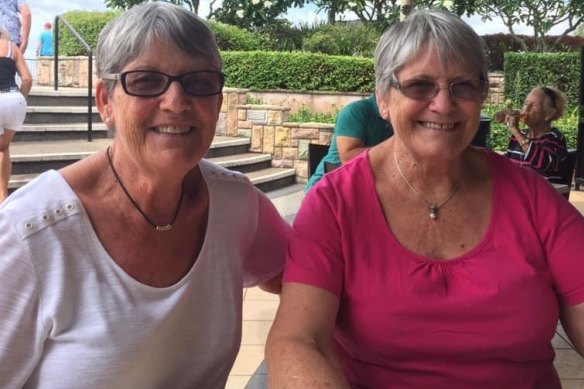
Carmel Haynes (right) with her twin sister, Rose Carroll, with whom she was inseparable. Carmel died during an unnecessary procedure at Orange Hospital in 2021.
The clinicians, who have each risen to distinguished positions and have decades of experience, have spoken of a deep rift between the doctors and nurses on the hospital floor and back-room health administrators.
The clinicians allege they have been made to work in often dangerously under-resourced environments and sidelined by a bureaucracy that “deflects blame at every level” when its budget-driven decisions lead to medical mishaps and patient deaths.
Six of the 12 clinicians spoke on the condition of anonymity because they feared being blacklisted for airing their concerns.
Their comments mirrored damning findings recently handed down by a parliamentary inquiry, sparked by a Herald investigation into failings across the regional NSW hospital network.
The inquiry savaged the behaviour of NSW Health and its local health district bureaucracies, finding a “culture of fear” had staff scared of reprisals for raising patient safety and resourcing issues.
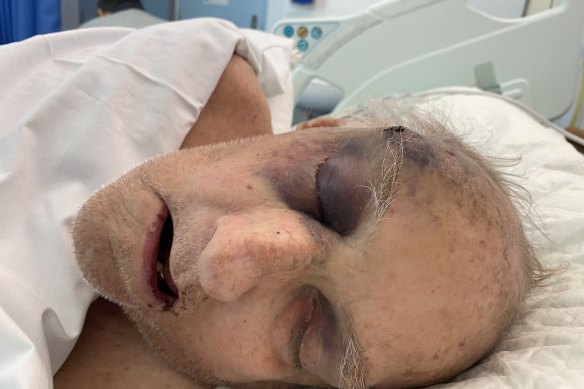
Tony Coulston after a fall in Port Macquarie Base Hospital that would ultimately kill him.
Health Minister Brad Hazzard did not comment when the report was released in May, referring queries to Regional Health Minister Bronnie Taylor.
When the Herald put further questions to Hazzard’s office for this article he was unavailable, directing questions to NSW Health.
Deputy secretary Joanne Edwards said NSW Health was committed to improving the safety and care of patients and made regular, ongoing improvements to workplace culture in line with its core values of collaboration, openness, respect, and empowerment.
“NSW Health has a strong culture of identifying, reporting and learning from patient safety incidents and promotes a just culture, where staff are encouraged to report problems openly and honestly and learn from mistakes,” she said.
The inquiry proposed an ombudsman to investigate patient deaths and oversee the health bureaucracy, but the clinicians were dubious the position would resolve the deep-rooted problems.
Dr Kerrie MacDonald, whose efforts were recently lauded by the NSW Coroner after she led a group of doctors who exposed the death of teenager Alex Braes, is spearheading calls for the establishment of an independent healthcare regulator in NSW.
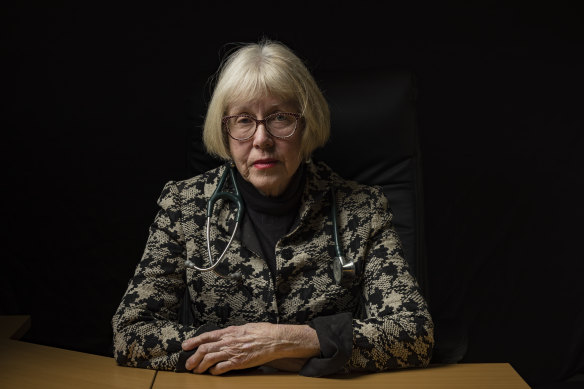
Dr Kerrie MacDonald led a group of doctors who blew the whistle on the death of Alex Braes.Credit: Terry Cunningham
Long-standing Riverina GP Dr Marion Magee said while the parliamentary inquiry “pulled no punches and nailed the problems”, there remained a glaring omission in its final report. A root cause analysis asking: why?
“If we imagined that NSW Health was a patient, let’s be honest, it’s 2am, they’re in the resus room, I’m firing off the paddles ready to give them a shock,” Magee told a regional health forum in Griffith in May.
Magee said the problems could be traced back to the 1990s when the sidelining of clinicians began with the abolition of local hospital boards. “It took away the two-way conversation,” she said.
Tension between managers and clinicians boiled over at the landmark Garling inquiry in 2008. It led to the establishment of 15 local health districts (LHDs), to be advised by clinical councils, touted as giving doctors and nurses a say over the running of hospitals.
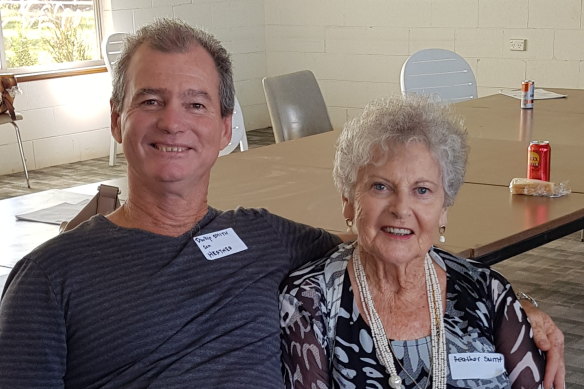
Heather Smith, right, with son Phillip Smith. Heather died in 2019 from a torn oesophagus after routine surgery went wrong in Dubbo Hospital.
In 2019, NSW Auditor-General Margaret Crawford found the reforms had “not met expectations” and inadequate clinician engagement “required attention as priority”.
MacDonald, a paediatrician with over four decades’ experience, said Alex Braes’ death illustrated how the system kept administrators “insulated from the consequences of their decisions”.
In that case, the ginger-haired teenager succumbed to sepsis after presenting four times to emergency with searing pain in his knee.
His vital signs were not checked because of a “business rule” introduced by hospital administrators discouraging observations being taken.
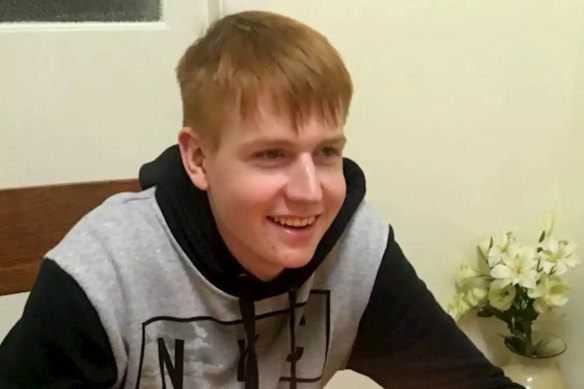
Broken Hill teenager Alex Braes, who died of septic shock after being sent home from Broken Hill Hospital.
A group of doctors, who were incensed after the Far West LHD downgraded the severity classification of Braes’ death meaning it didn’t have to be investigated, blew the whistle on the saga.
This year the coroner vindicated their efforts to expose the “wholly inadequate response” to Braes’ death. However, only doctors appeared before the inquest and not administrators, meaning it remains a mystery who devised the business rule and who downgraded the incident.
The lack of accountability angered senior doctors. “Nobody was shamed, nobody lost their job,” one said. “At least it got to a coroner. You can bet your bottom dollar there are Alex Braes all over this state in a steady little trickle and very rarely does anything come of it.”
Like Magee, MacDonald felt the parliamentary inquiry failed to diagnose the underlying problem – why the ministry and its LHD executives had allowed country hospitals to become so dysfunctional in the years since the Garling inquiry.
MacDonald believed the fault lay with a culture of managing upwards and prioritising budgets over health outcomes and safe work conditions for doctors and nurses.
“There is downward pressure on staff without resources to cut corners,” MacDonald said. “This is when adverse events and avoidable deaths happen.” Administrators then deflected blame when such deaths occurred, MacDonald said.
MacDonald felt the ministry was not providing proper oversight of the LHDs, resulting in dangerous decisions – such as the business rule at Broken Hill Hospital – going undetected.
‘You can bet your bottom dollar there are Alex Braes all over this state in a steady little trickle and very rarely does anything come of it.’
Senior NSW clinician
She argued staff shortages would never be overcome while clinicians were expected to work excessive hours in chronically understaffed environments and encountered hostility from management when raising legitimate concerns.
Her comments were echoed by Dr Tony Joseph, the former rural chair of the NSW Medical Staff Executive Council, which represents doctors at the state’s 220 public hospitals.
“The most important point is that there needs to be a change in workplace culture at the local hospital administrative level where clinicians can raise issues about adverse clinical care and lack of resources with fear of being bullied or blacklisted,” he told the Herald.
Feeding the problem, the staff council noted, was that administrators were benchmarked only on the health of budgets and not patient outcomes.
Chairman of the Australian Doctor’s Federation, Dr Aniello Iannuzzi, who runs a practice at Coonabarabran in the state’s north-west, said the system was plagued by a lack of input from senior clinicians.
“The structure itself could work if it was populated by the proper people,” he said.
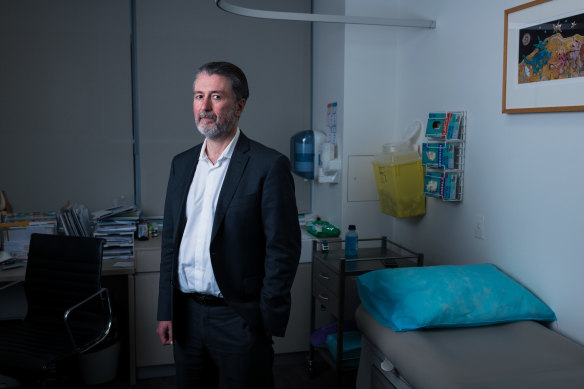
Dr Aniello Iannuzzi has called for a total reset of the NSW regional health system. Credit: James Brickwood
The doctors’ concerns bear a striking resemblance to those of Geoffrey Davies, QC, who presided over an inquiry into disgraced Bundaberg surgeon Dr Jayant Patel, better known as “Dr Death”.
In 2005, Davies found it was reprehensible but unsurprising that administrators ignored a bulging file of complaints about Patel because they were under considerable pressure to meet budget targets.
“Patient care and safety was not a relevant factor,” he said, adding he found a “culture of concealment” within Queensland’s health administration.
The burying of Alex Braes’ death was not a one off, senior doctors said. “It’s completely sinister,” said one doctor of the practice of “downgrading” patients’ deaths.
He was among nine whistleblowers who told the Herald they had witnessed the teams that investigate patient deaths, known as clinical governance units, change their severity classification so they were not investigated or reported to the ministry.
The NSW Medical Staff Executive Council said this was to keep “the Ministry of Health unaware of the LHD’s true performance”.
The council called for units to be subjected to rolling external audits, but the recommendation was not pursued by the parliamentary committee.
One doctor said some clinical governance units would repeatedly “bat away” complaints about practitioners with serious performance issues, particularly in resource-starved regional areas.
“Some LHDS are just happy to have someone on the roster, let alone worry about their competency,” the doctor said.
Doctors complained that in other cases the units were run by people without the expertise to recognise the gravity of a medical error.
Dr Nigel Roberts raised the alarm about now disgraced gynaecologist Emil Gayed soon after he was appointed director of obstetrics at Taree’s Manning Base Hospital in 2015.
Asked to expand on his evidence to the parliamentary inquiry, Dr Roberts told the Herald he had witnessed case after case of Gayed’s where the seriousness wasn’t appreciated or was inappropriately downgraded by the clinical governance unit.
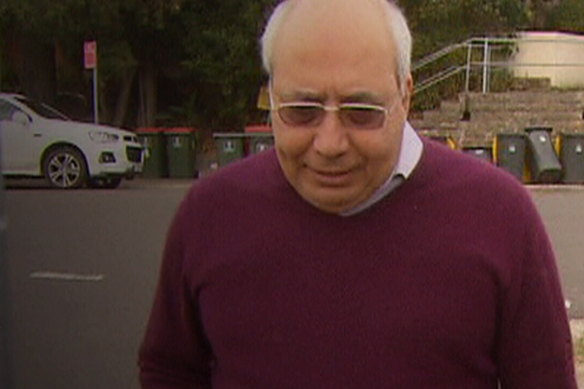
Former gynaecologist Emil Gayed has been banned after a review into his conduct. Credit: Nine News
At the time the unit was being managed by a part-time staffer without a surgical background, he said.
One of the cases he said was downgraded involved a mother who developed necrotising fasciitis, a type of flesh-eating bacteria, following a caesarean. She underwent surgeries to have infected flesh cut away while she was meant to be caring for her newborn.
“Because there was nobody with expertise reviewing the case they didn’t even detect that standard antibiotics weren’t given after her caesarean and antibiotics were routinely not being given,” Roberts said.
Roberts said complications needed to be investigated by someone with the time and expertise to recognise underlying problems. However, visiting medical officers were busy running their own private practices and staff specialists, who would be best placed to perform the role, were in short supply across the regions.
NSW Health deputy secretary Joanne Edwards said the ministry continually monitored LHDs to ensure they were meeting clinical and corporate standards for safe healthcare provision.
She said reporting and analysis of sentinel events and incidents allowed NSW Health to make continual improvements across the entire health system.
NSW Health recently overhauled incident management to put in place an objective scoring system for all adverse events notified by staff.
“NSW Health has also newly implemented an incident management app which allows workers to report and manage incidents, including anonymously if they wish to,” Edwards said.
“Staff who raise concerns or complaints are supported under clearly stipulated and published NSW Health policies. Local health districts and specialty networks also provide local mechanisms for formal and informal feedback.”
The majority of the doctors who spoke to the Herald were dubious about a proposal for an Ombudsman to field complaints about the bureaucracy.
Iannuzzi called for a “total reset” of the system. “We’re sick of reviews, we’re sick of these committees, we’re sick of these talking heads,” he said. “No one has ever been sacked. No one has ever been held to account.”
Joseph said the proposed Ombudsman was a good start, but was concerned their recommendations would be “noted and filed in the bottom drawer.”
MacDonald and two other doctors called on the government to establish an independent regulator to examine “the tragic and often avoidable patient outcomes” that have come to light.
The regulator should not be beholden to the minister, they argued, and should have broad powers to credential and audit hospitals, investigate preventable deaths, analyse systemic problems and remove people from positions, similar to a model pioneered in Britain.
They also called for external audits of NSW health’s facilities, workforce and budgets.
They argued the NSW Health Care Complaints Commission does not perform the role they envisage of a regulator. Of 1281 complaints it received about public hospitals last year, the commission independently investigated three.
The government is due to respond to the inquiry’s findings in coming months. “A NSW politician said to one of us … that an upper house inquiry may disappear ‘into a bottom drawer’ and never be seen again,” MacDonald said. “We fear this may happen.”
The Morning Edition newsletter is our guide to the day’s most important and interesting stories, analysis and insights. Sign up here.